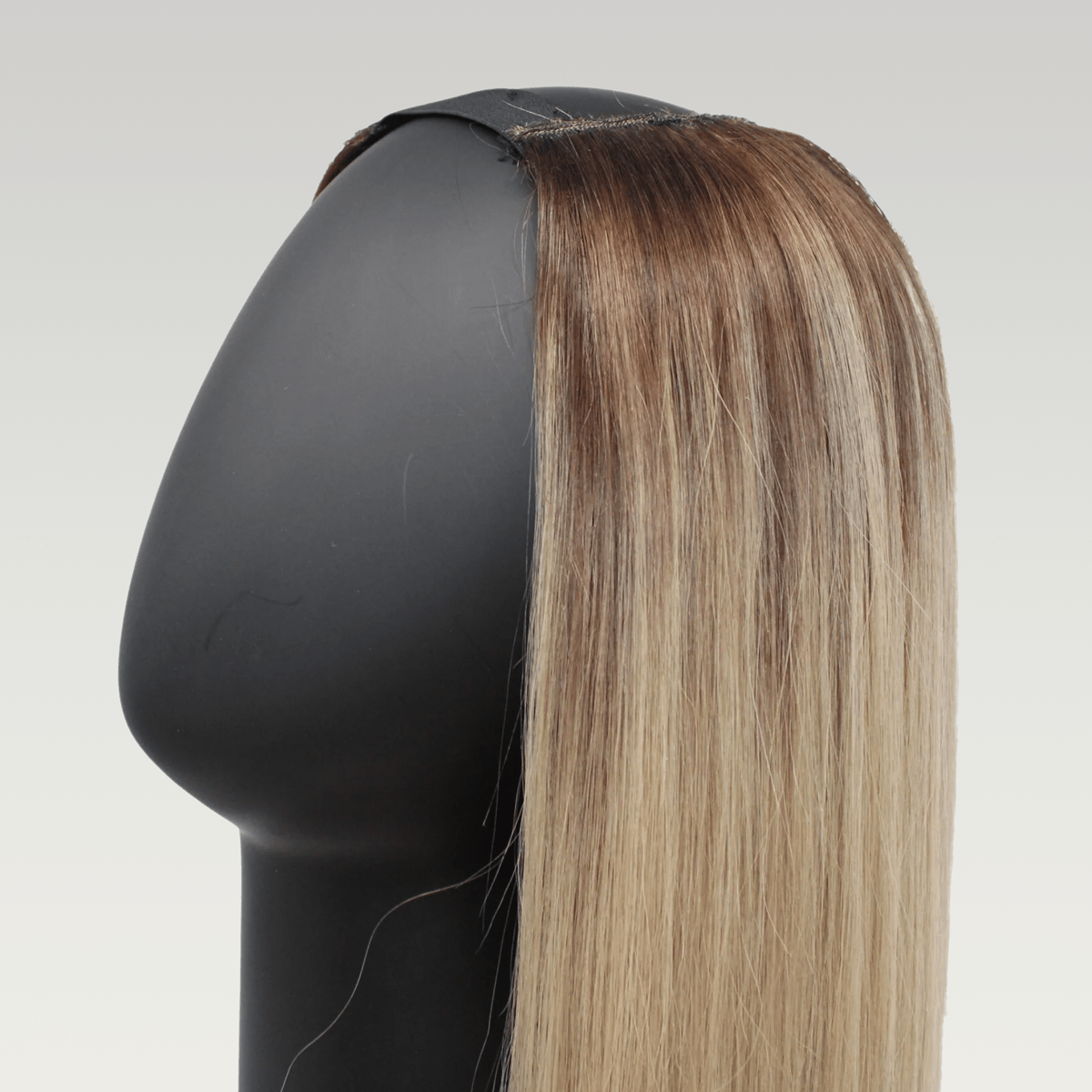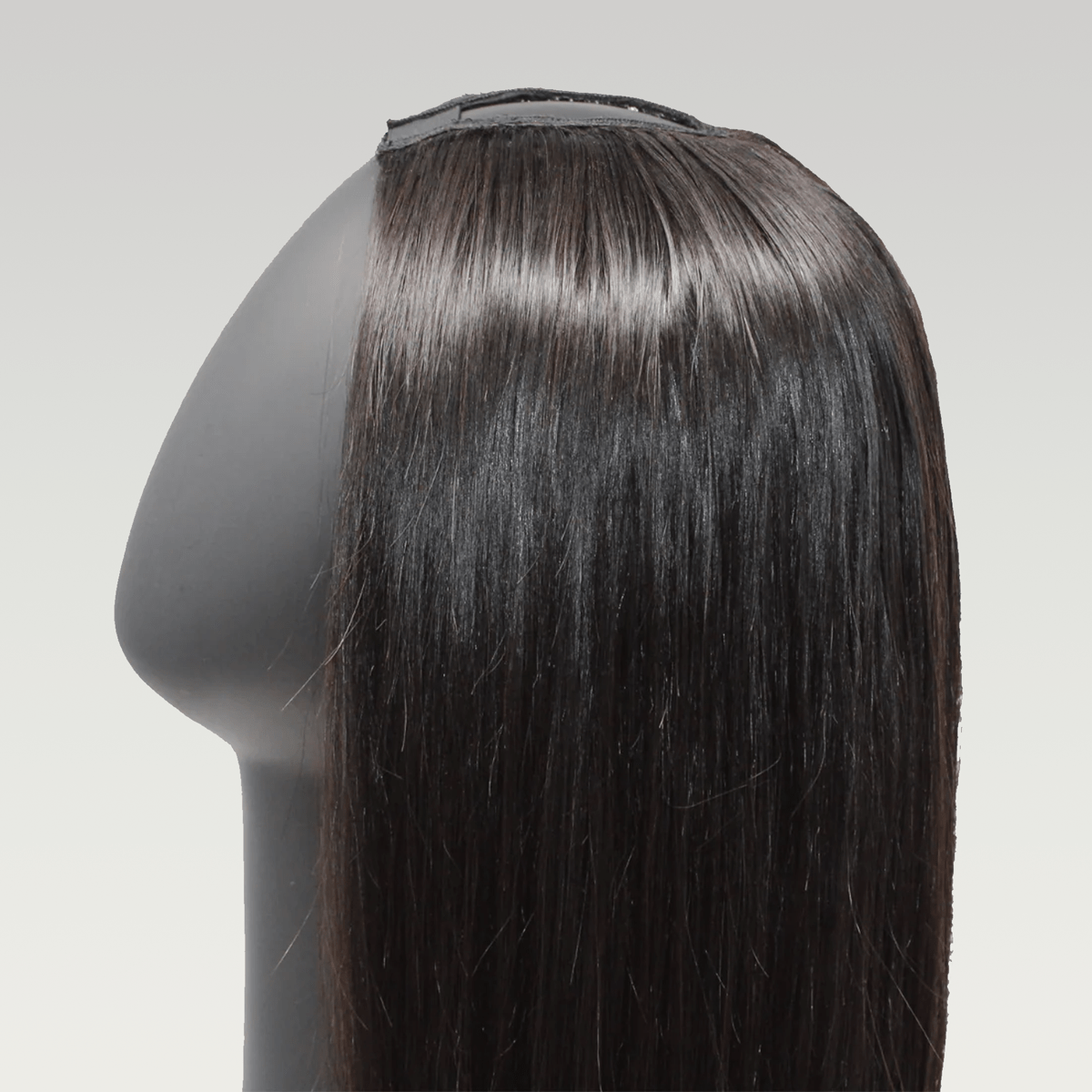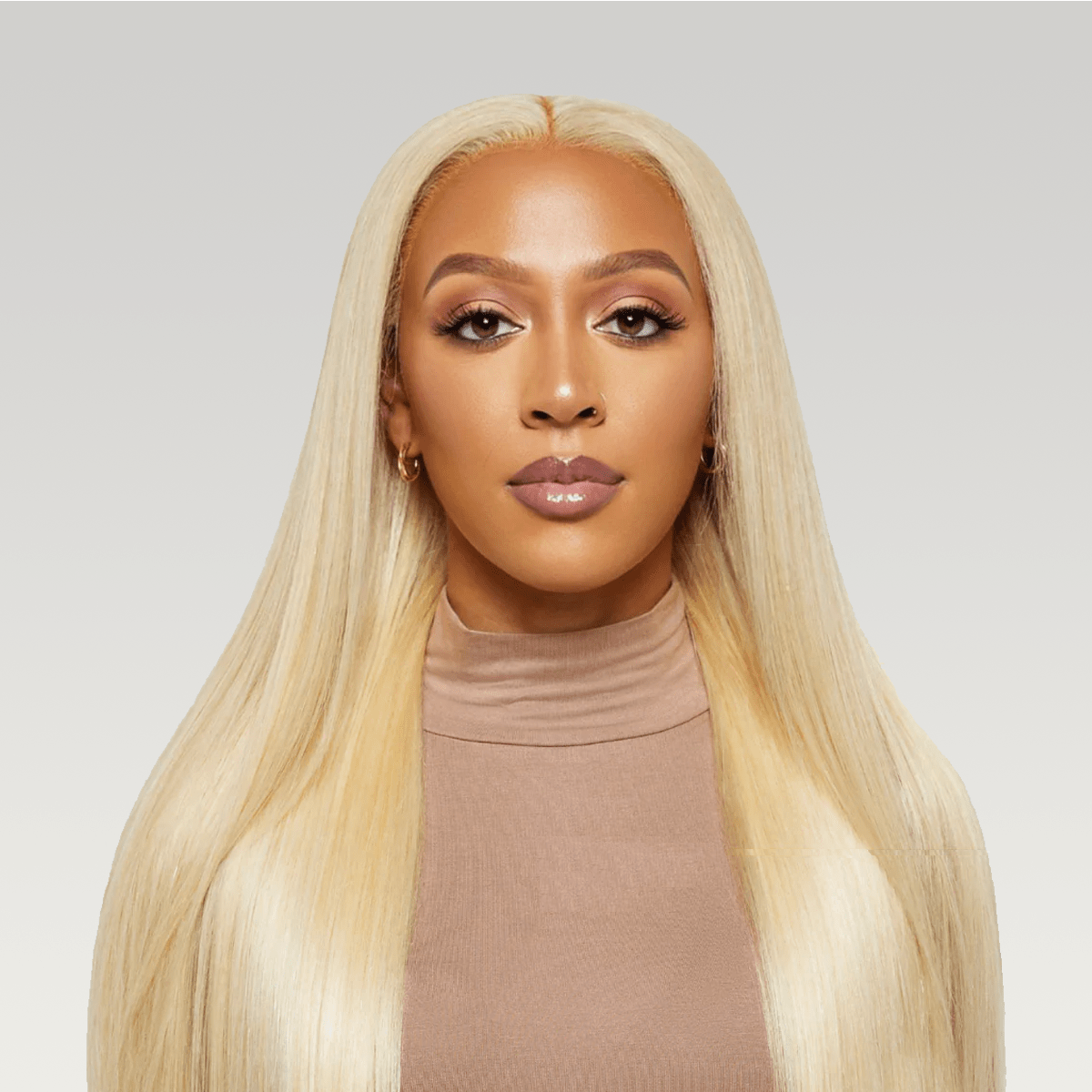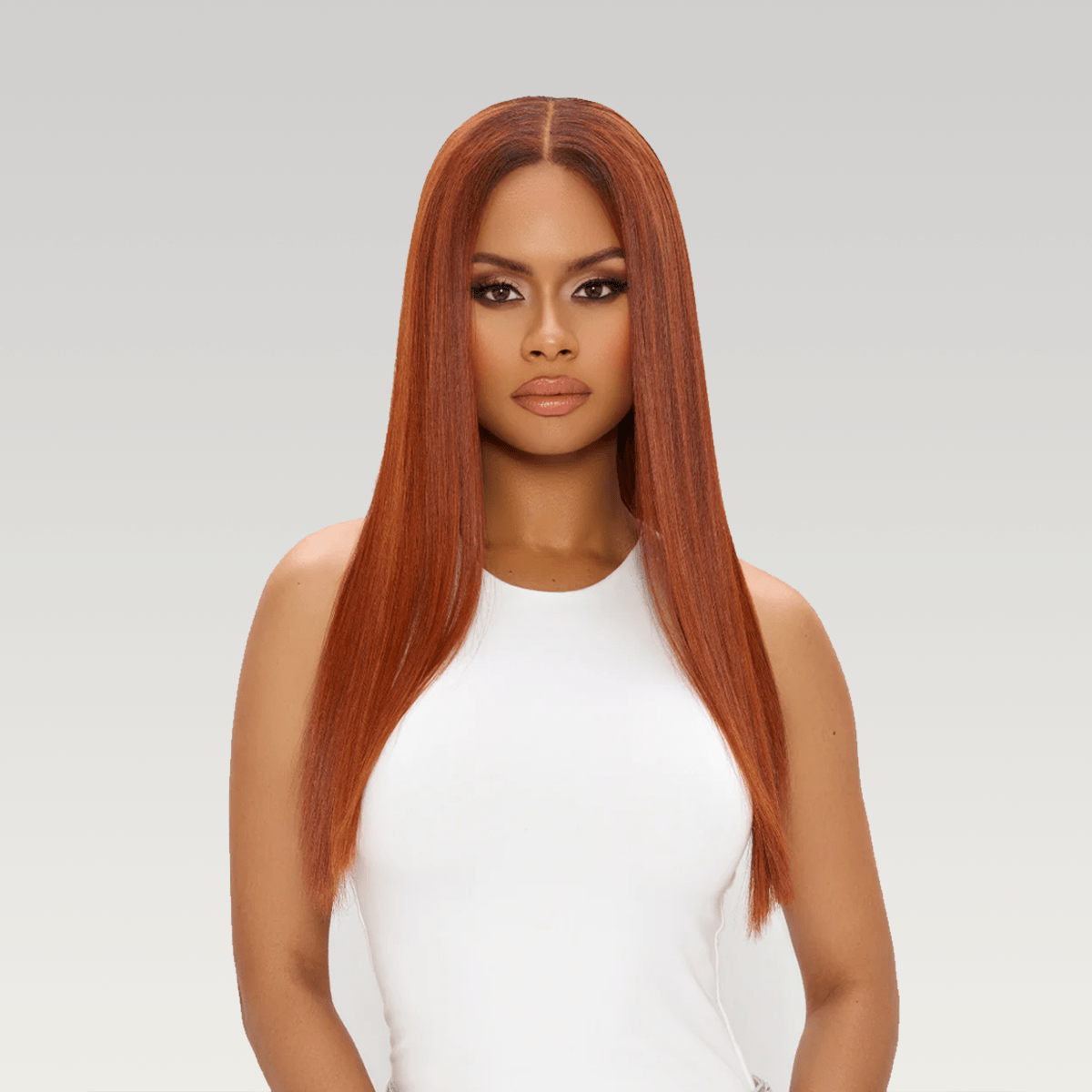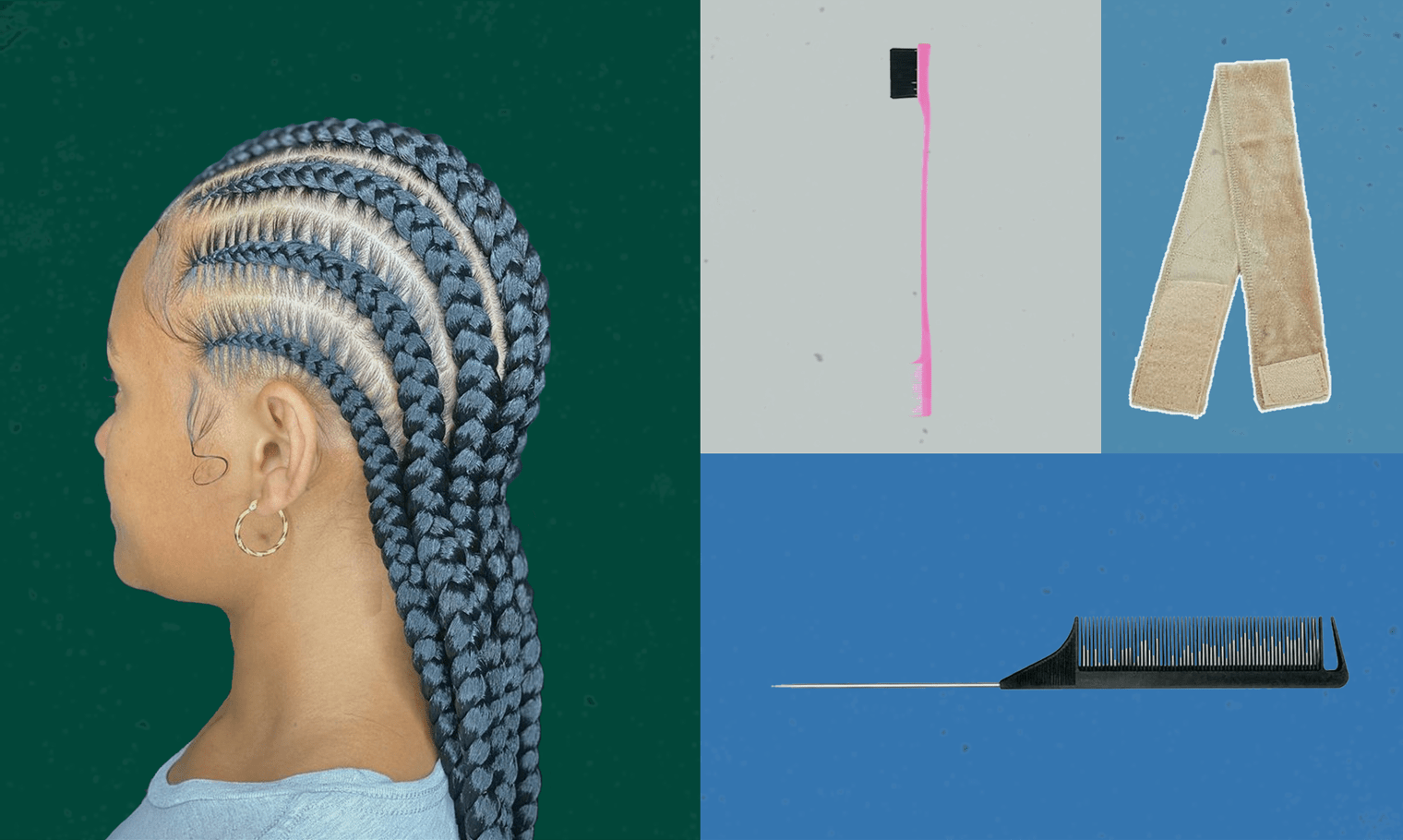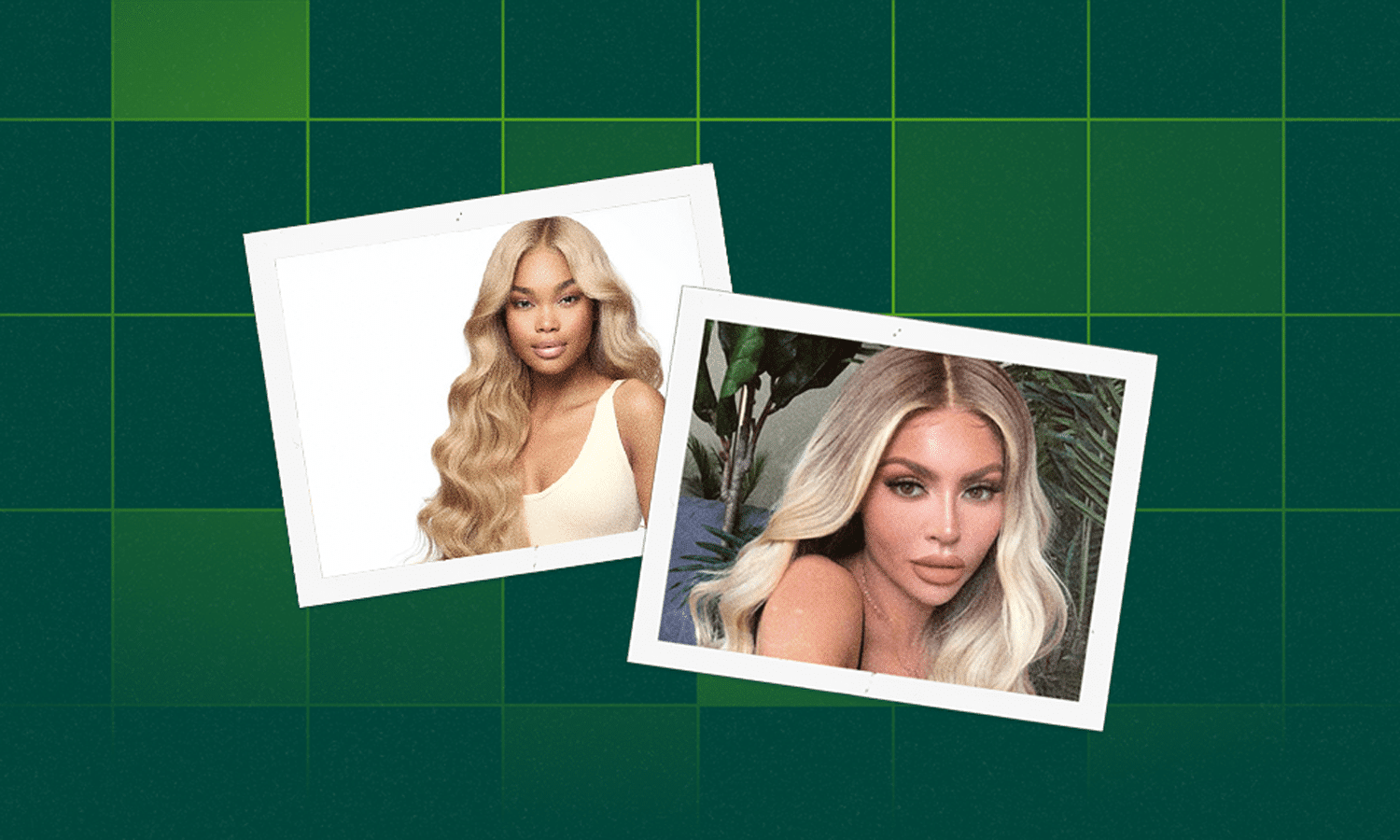
Table of Contents
Before diving into frizz-reducing solutions, it’s important to know why frizz exists. Without going into the science-stuff, frizzy hair results from a lack of moisture in the hair shaft. When hair is dry or damaged, the outer layer (cuticle) lifts, allowing moisture from the environment to enter, causing the strands to swell and create that dreaded frizz. Curly and afro hair (type 4) is naturally much drier than straight hair, so it becomes frizzy much easier.
Factors like humidity, heat styling, chemical treatments, and even rough towel-drying can contribute to frizzy hair. Understanding these root causes has been crucial in my journey to finding effective solutions.
What’s My Morning Routine for Frizz-Free Hair?
Despite having only slightly wavy hair, my hair can sometimes get really frizzy, so I’ve crafted quite the routine to combat against these strays. I start by using a silk pillowcase, which reduces friction while I sleep. When I wake up, I never brush my hair dry – this is a common mistake I used to make that only creates more frizz. Brushing hair in the hot shower water also isn’t ideal, so dry it slightly out of the shower and brush through (when it’s moist).
You can also apply a leave-in conditioner to damp hair and use a wide-toothed comb to detangle gently. I’ve found that this method helps maintain my hair’s natural moisture balance and prevents breakage that can lead to frizz.
Which Products Have Transformed My Hair?
Through trial and error on my own hair, I’ve assembled a holy grail collection of anti-frizz products. My must-have items include a sulfate-free shampoo, which doesn’t strip my hair’s natural oils, and a deep conditioning mask that I use when my hair is feeling especially dry. I’m particularly fond of products containing argan oil and keratin, as they provide lasting smoothness and a great sheen.
If you’re based in a hot climate, anti-humidity sprays and serums can create a protective barrier around my hair strands. These products have been essential in maintaining frizz-free hair, especially during humid weather conditions. I spend lots of time in South Florida, where the humidity can reach ridiculous levels, so frizz-reducing sprays are key.
What’s My Washing Routine?
The best way to reduce frizz is to adjust your hair wash routine to accommodate for specific hair types. First of all, I wash my hair with lukewarm water instead of hot water, as high temperatures can damage the cuticle and create more frizz. I’ve also reduced my washing frequency to 2-3 times per week to preserve my scalp’s natural oils. If you have curly hair, you may want to reduce this even more, as your scalp will be drier naturally.
After washing, I apply my leave-in conditioner from mid-length to ends and let it sit for 3-5 minutes. I’ve noticed that this patience pays off with significantly better-looking results. When rinsing, I use cool water to seal the cuticle and lock in moisture.
What Natural Remedies Have Worked for Me?
In my quest for frizz-free hair, I’ve experimented with numerous natural remedies. My favorite DIY treatment combines one mashed avocado with two tablespoons of olive oil and one tablespoon of honey. This mask provides intense moisture and helps smooth the hair cuticle naturally.
I also regularly use coconut oil as a pre-shampoo treatment. I apply it to my dry hair, leave it on for 30 minutes, and then proceed with my regular washing routine. The results have been remarkable – my hair feels softer and looks significantly less frizzy.
How Do I Protect My Hair While Styling?
Heat styling can be a major contributor to frizz, but I’ve got some top-tips which can reduce frizz even when using the straighteners. I always use a heat protectant spray before using any hot tools, and it’s worth investing in high-quality styling tools with temperature controls.
If you’ve got the time, try and air dry your hair, as this runs no risk of damage and minimizes frizz. When I do need to blow-dry my hair, I use the cool setting and a round brush to smooth the cuticle. This technique has helped me achieve salon-worthy results without excessive heat damage.
How Do I reduce frizz in Different Weather Conditions?
As I said before, living in different frizz-inducing climates has helped me perfect my own routine. During humid summer months, I rely more heavily on anti-humidity products and often wear protective styles like buns to minimize frizz exposure.
If you’re struggling with frizz even with these tips, try one of our wigs and braid your hair underneath.
Related products and blog posts
Straight from the Wigonia team.

